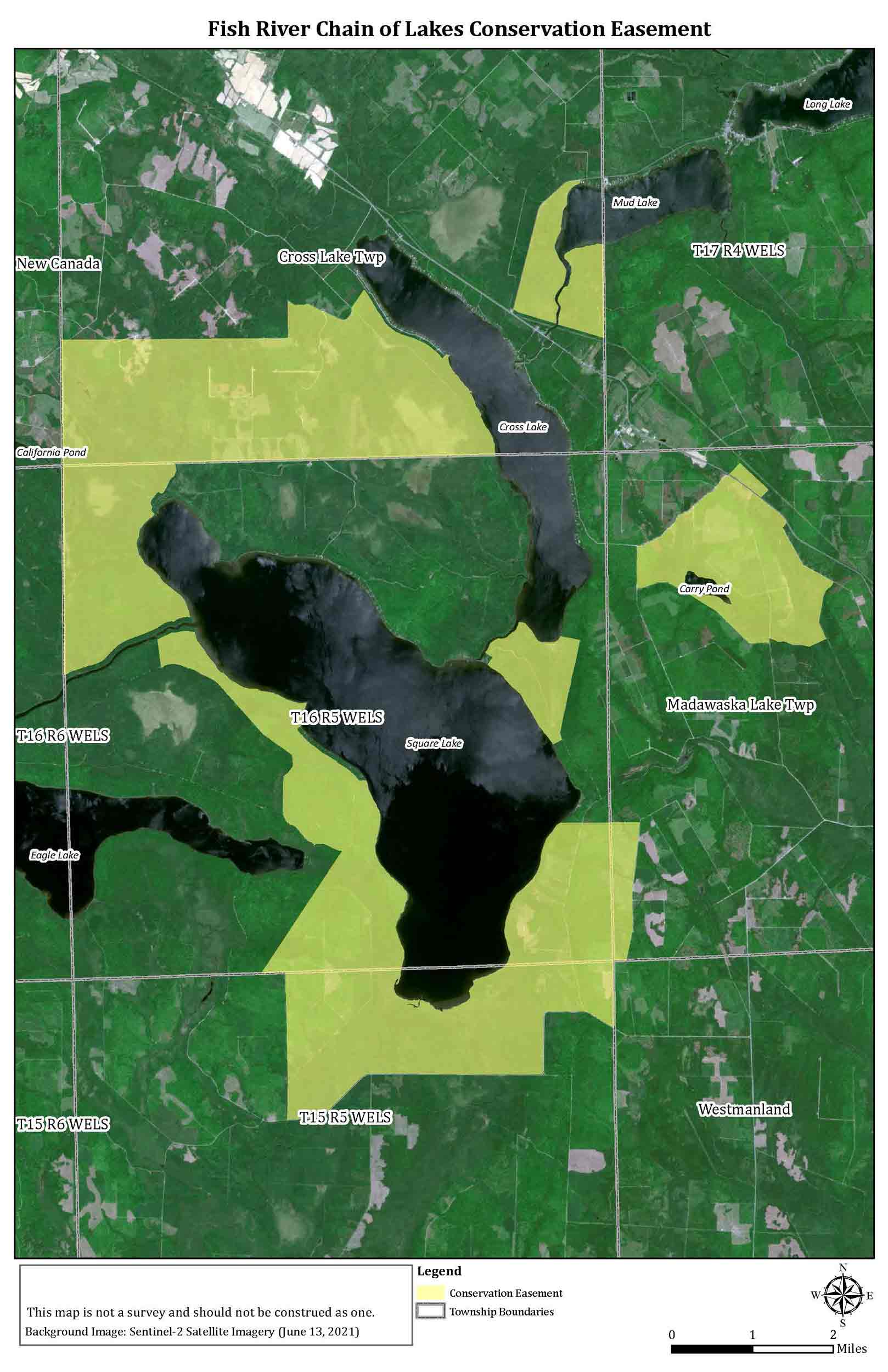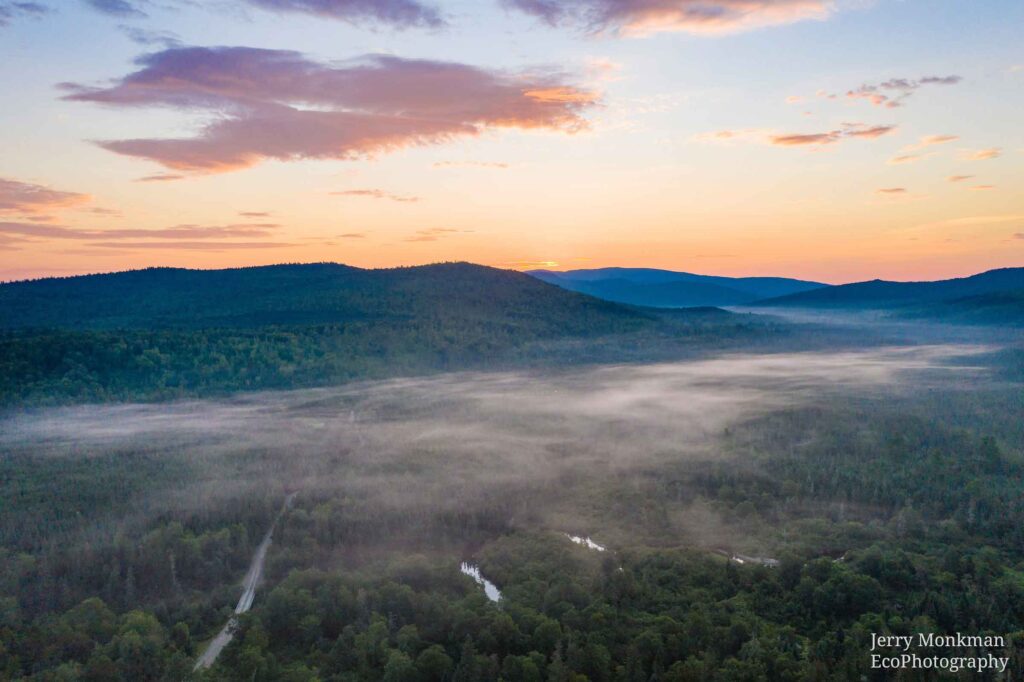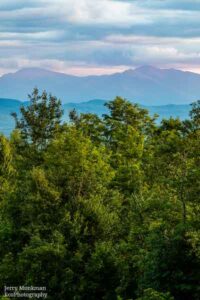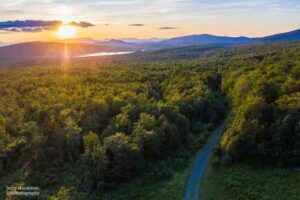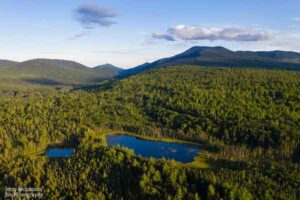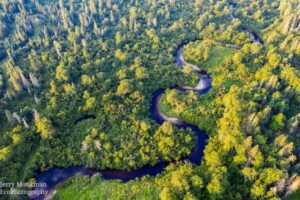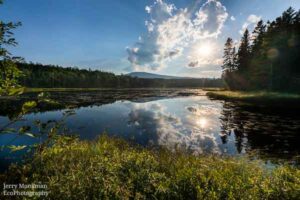Forest Society of Maine
2025 Swan Internship Program
Applications review begins: January 31, 2024
The Forest Society of Maine (FSM) is a state-wide land trust focused on Maine’s North Woods. FSM helped pioneer landscape-scale forestland conservation through development and implementation of conservation easements to sustain ecological, economic, cultural, and recreational values of Maine’s forests. Since the organization was founded in 1984, FSM has helped conserve more than one million acres of forestland. FSM strives to encourage thoughtful dialogue and conservation actions that encompass the full array of interests and ownerships in Maine’s North Woods.
The Swan Internship Program provides a range of professional experiences to expand student skill sets by exposing them to land conservation and easement stewardship. The successful student applicant will receive broad exposure to FSM’s work and a variety of training opportunities in both office and field settings.
Interested applicants should have an interest in land conservation and stewardship, be able to perform physically demanding field work, and be comfortable with office tasks.
Qualifications:
• Excellent written and verbal communication skills
• Ability to work independently and as part of a team
• Comfortable working outside in remote locations
• Familiarity with or willingness to learn how to use data collecting technology in the field
• Computer and data management skills (GIS and mapping a plus)
• Dependable and self-motivated
• Superb listener
• Must have reliable transportation (please note that housing is not provided)
Schedule and Compensation:
• Specific start and end dates are flexible, running for 10 weeks, May to September.
• ~ 40 hours/week, with weekly schedule determined by supervisor. Some weekend and evening hours may be required.
• $16.00/hour, with a maximum of $6,400 for the summer.
To apply:
Please submit a cover letter, résumé, and contact information for two references to Kristen Hoffmann – kristen@fsmaine.org. Include in your cover letter an explanation of how this internship relates to your academic and career goals and/or how your values, interests, and aspirations led you to apply for this internship position.



